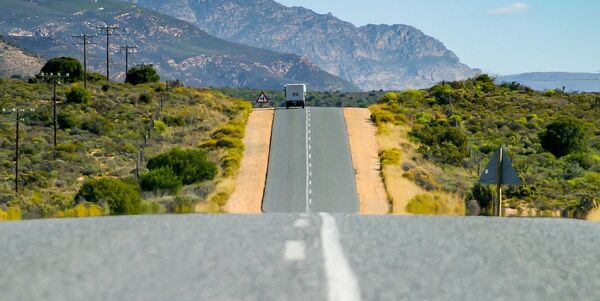South Africa has a lot to offer to it’s international visitors. Follow our guidelines below to make your driving holiday safer and more enjoyable.
Do I need an international driver’s licence to drive in South Africa?
It is certainly recommended – drivers should carry their national driver’s license along with an international driver’s permit, and they should be printed or authenticated in English. If your license doesn’t have your photo on, you must carry your passport with you so that you can be identified as the legal holder of the license. You must make sure that your documentation is carried with you at all times whilst driving, and be prepared to present them to traffic officers if you are stopped for any reason.
What side of the road do South Africans drive on?
South Africans drive on the left side of two-way roads. Ask passengers to remind you of this every time you set off and when you are turning at an intersection and remember to keep to the left, and pass on the right. You should always use pedestrian crossings where possible and remember to look right, then left and then right again when you are walking across the street.
Is it illegal not to wear a seatbelt?
Yes. All drivers and passengers in the car must wear seatbelts whilst travelling, and you will be subject to a fine if you are caught without one.
Are there speed limits in South Africa?
The speed limit is the maximum speed permitted on that road and you must not drive above it. Some roads do not have visible speed limit signs, but speed limits still apply, and if the weather is rainy, misty, or if the roads are congested, reduce your speed and remain alert.
Speed limits in South Africa, along with your vehicles speedometer, is in kilometres – the general speed limit on national highways, urban freeways and other major roads is 120km/h, rural roads are 100km/h and in built up areas it is usually 60km/h but you should always check road signs whilst travelling.
What are the rules on drinking alcohol and driving?
There are strict drinking and driving laws in South Africa – you are not permitted to drive a vehicle if your blood alcohol level is 0.05 per cent or higher
Can I use my mobile phone while driving?
No, you are not permitted to use a handheld mobile phone when driving. If you need to make a call or talk on your phone, make sure that it is hooked up to the vehicle’s facilities or that you use a hands-free kit.
What are the road conditions in South Africa?
Road conditions can vary from a well kept tar road to pot holed, poorly surfaced roads. The national infrastructure is generally very good, and national roads are maintained by the South African National Roads Agency – just bear in mind that the more rural the road, the more likely it is to be poor quality. Up to date information can be obtained through The AA on demand.
A driving trip through South Africa should be planned carefully: it is a very large country and if you are not used to driving long distances you should factor in rest breaks at regular intervals. Ensure to follow a map or GPS, or if you are in an escorted tour, make sure you pay attention to your guides and their instructions closely. All sign posts are written in English and speed limits are in km/h.
Don’t forget that many of the national roads in South Africa or told roads – check the tolls before you leave and make sure you have a form of payment on you to get you through. Four-way-stops are also common; the first vehicle to arrive has priority and you should give way to the right at roundabouts.
Petrol stations are often open 24 hours and can be found on most main routes. Many have restaurants and restrooms and are manned by attendants who can check oil, water and tire pressure if needed (gratuity for the assistance is up to you). If you travel out of South Africa, make sure you have a full tank as stations can be few and far between in it’s neighbouring countries.
